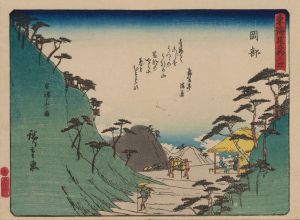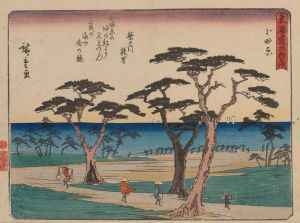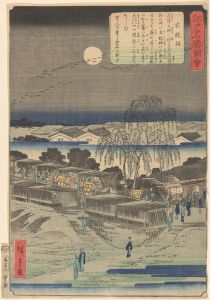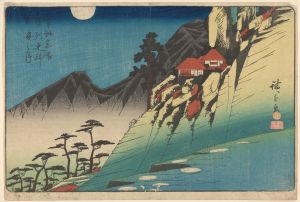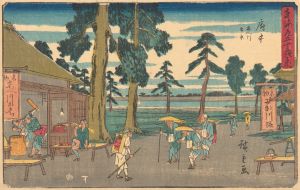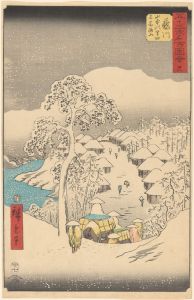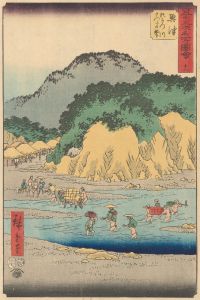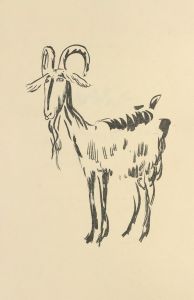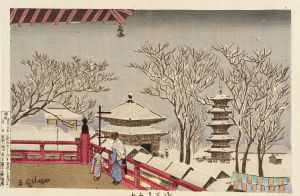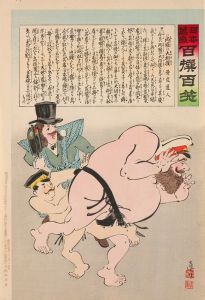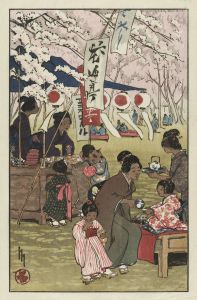
Fujieda
A hand-painted replica of Andō Hiroshige’s masterpiece Fujieda, meticulously crafted by professional artists to capture the true essence of the original. Each piece is created with museum-quality canvas and rare mineral pigments, carefully painted by experienced artists with delicate brushstrokes and rich, layered colors to perfectly recreate the texture of the original artwork. Unlike machine-printed reproductions, this hand-painted version brings the painting to life, infused with the artist’s emotions and skill in every stroke. Whether for personal collection or home decoration, it instantly elevates the artistic atmosphere of any space.
Andō Hiroshige, one of the most renowned ukiyo-e artists of the Edo period in Japan, created a series of woodblock prints that captured the landscapes and daily life of his time. Among his celebrated works is the "The Fifty-Three Stations of the Tōkaidō" (Tōkaidō Gojūsan-tsugi), a series depicting the post stations along the Tōkaidō road, which connected Edo (modern-day Tokyo) to Kyoto. "Fujieda" is one of the prints from this series.
The Tōkaidō road was a vital route for travelers, merchants, and officials during the Edo period, and Hiroshige's series provides a vivid portrayal of the journey along this historic highway. The "Fujieda" print specifically represents the Fujieda-juku, the 22nd station along the Tōkaidō. Fujieda-juku was located in what is now Fujieda City in Shizuoka Prefecture.
In this artwork, Hiroshige depicts a scene of travelers crossing the Seto River, which was a notable feature of Fujieda-juku. During the Edo period, bridges were not commonly built over large rivers, so travelers often had to cross rivers by ferry or wading through shallow areas. In the "Fujieda" print, porters are shown carrying travelers and their belongings across the river, emphasizing the labor-intensive nature of travel at the time. The composition highlights the interaction between people and the natural environment, a recurring theme in Hiroshige's work.
Hiroshige's use of color, perspective, and detail in this print captures the atmosphere of the station and the surrounding landscape. The figures and their activities are rendered with a sense of movement and purpose, while the background provides a serene depiction of the river and distant hills. This combination of human activity and natural beauty is characteristic of Hiroshige's approach to landscape art.
"The Fifty-Three Stations of the Tōkaidō" series was first published in 1833–1834 and became immensely popular, solidifying Hiroshige's reputation as a master of ukiyo-e. The "Fujieda" print, like others in the series, offers a glimpse into the culture, geography, and daily life of Edo-period Japan. Today, these prints are celebrated not only as works of art but also as historical documents that provide insight into the period's transportation, travel, and regional characteristics.
Hiroshige's work continues to be studied and admired for its artistic innovation and its ability to convey the essence of a time and place. The "Fujieda" print remains an important piece within the Tōkaidō series and a testament to Hiroshige's skill in capturing the spirit of Edo-period Japan.





